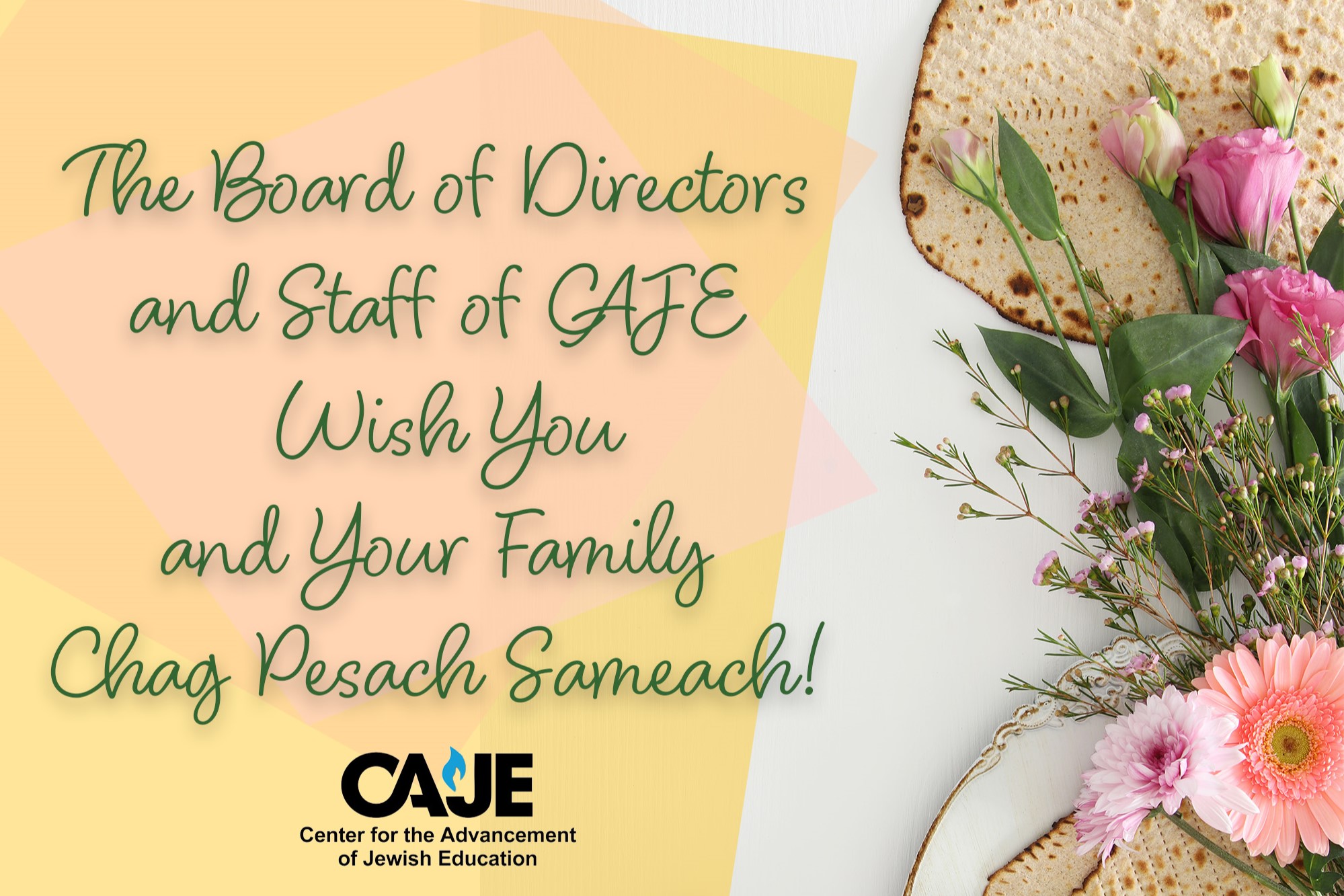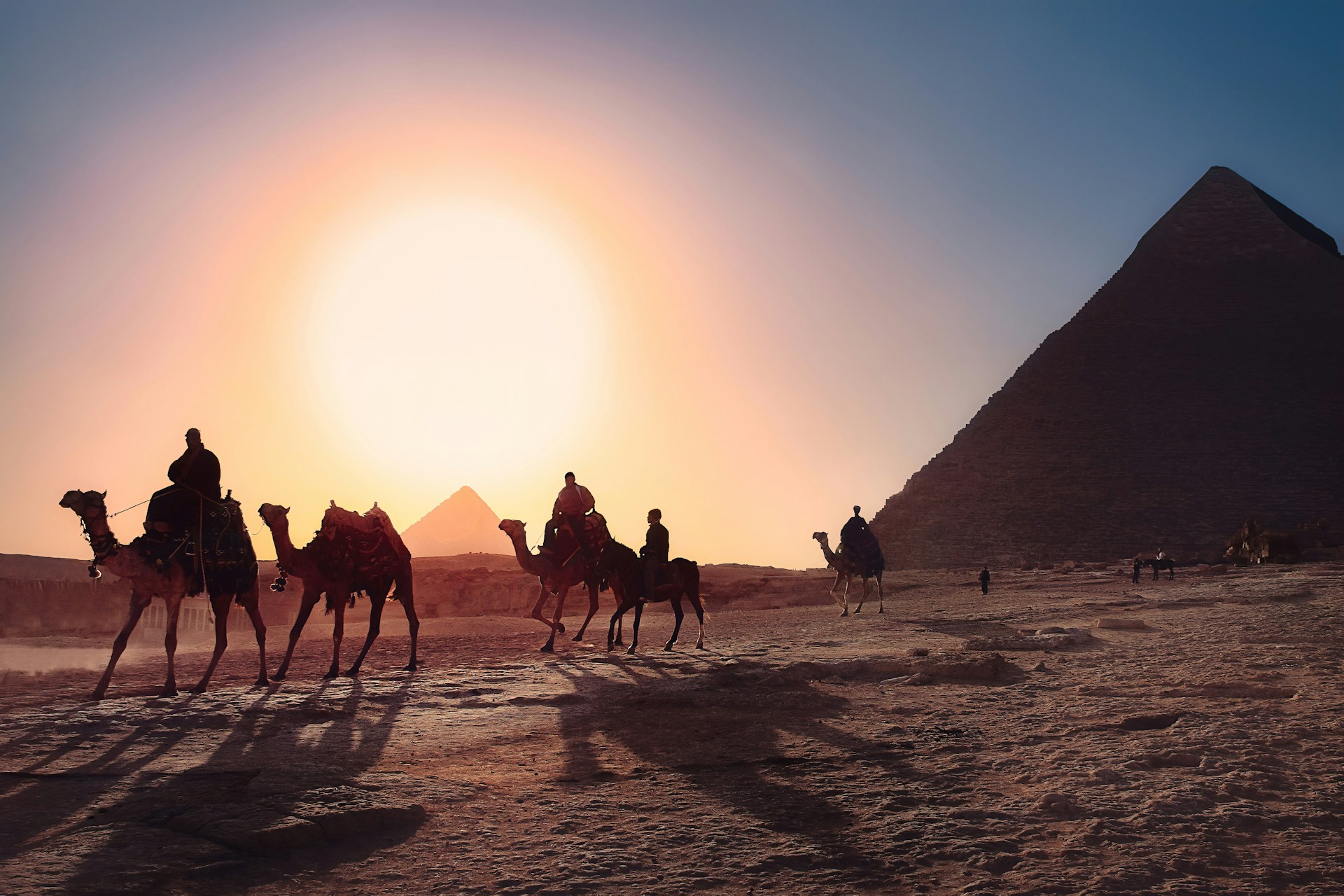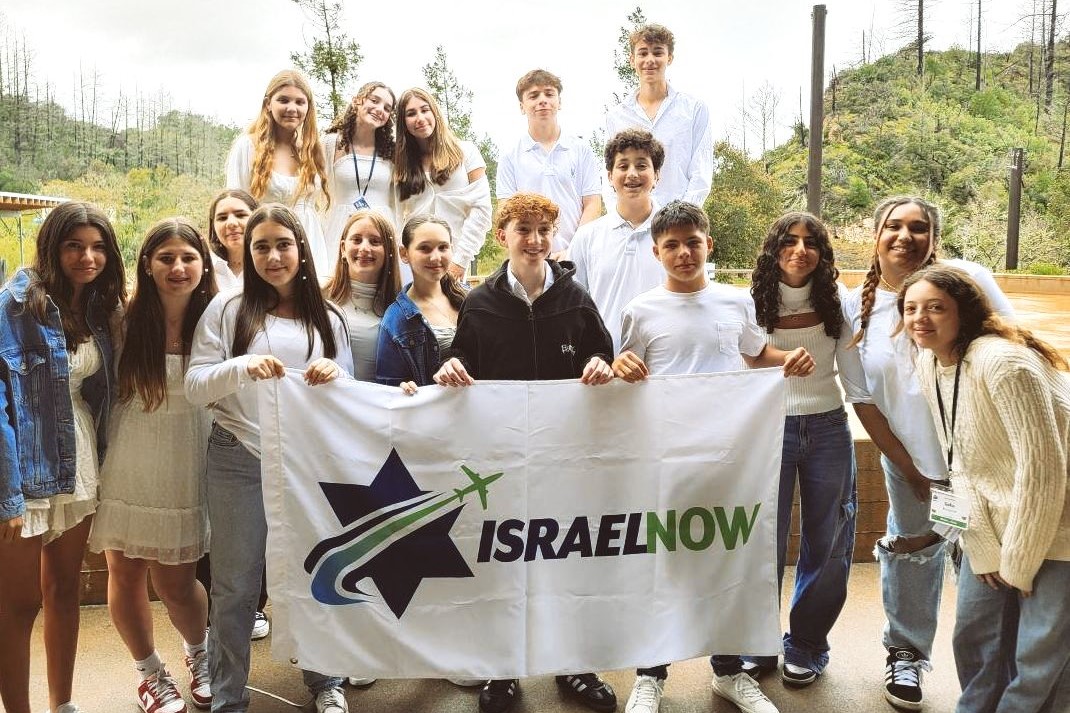We Need Blessing!
From the Book of Numbers / Bamidbar 6:23-26
כג דַּבֵּר אֶל-אַהֲרֹן וְאֶל-בָּנָיו לֵאמֹר, כֹּה תְבָרְכוּ אֶת-בְּנֵי יִשְׂרָאֵל: אָמוֹר, לָהֶם
23 Speak to Aaron and his sons, saying: This is how you shall bless the children of Israel; saying to them:
כד יְבָרֶכְךָ יְהוָה, וְיִשְׁמְרֶךָ
24 "May the Lord bless you, and watch over you.
כו יִשָּׂא יְהוָה פָּנָיו אֵלֶיךָ, וְיָשֵׂם לְךָ שָׁלוֹם
25 May the Lord cause His countenance to shine to you and favor you.
כה יָאֵר יְהוָה פָּנָיו אֵלֶיךָ, וִיחֻנֶּךָּ
26 May the Lord raise His countenance toward you and grant you peace."
One of the most exciting parts of Parashat Naso, this week’s Torah portion, is the inclusion of the three-part blessing recited by the Cohanim, the descendants of Aharon, who functioned as the priests of the Tabernacle and later of the Holy Temple of Jerusalem.
They are commanded to bless the people using the prayerful words of the verse cited above.
These blessings have become central to many parts of our liturgy and are included in the repetition of the Musaf Amidah either by the Cantor, or in some traditional synagogues, by Cohanim (descendants of priests) themselves, who ascend the Bima (the raised platform, known in Yiddish as Duchan) to bless the people using this ancient biblical ritual.
In Yiddish, this ritual is called “Duchenen” after the raised platform itself; in Hebrew it is often referred to as “Nesiyat Capaim” or “raising the palms,” a descriptive reference to the ritual.
The Cohanim ascend barefoot, place their Tallit / Prayer shawl over their heads and extend their arms out from under their prayer shawls, separating their fingers in a unique way as they chant the blessings facing the congregation with heads and faces covered.
This unique hand position of the Cohein / priest was used by Leonard Nimoy in the science fiction television series Star Trek, as he portrayed the Vulcan Science officer who greets others with the words “Live Long and Prosper” while extending his hand in the same position.
The congregation receives the blessings with heads covered and eyes cast downward so as not to see the Cohanim as they bless. They answer “Amen” after each of the three phrases of blessing.
According to our Sages, this practice was developed so that congregants would not be deceived into believing that the blessing comes from the Cohein, but rather would focus on receiving God’s blessing through the Cohanim.
The ritual is filled with spiritual meaning and its content has become so popular that this blessing is recited in many Christian churches.
Although there is much symbolism hidden within this ancient Jewish ritual, let’s focus on two of the mystical aspects of the ritual that are often overlooked or are unknown.
The first part actually takes place immediately prior to the blessing when the Cohanim say, “He commanded us to bless His nation Israel with love.” The congregation responds with “Amen,” and the Cohanim raise their hands, forming the figure described above and shown in the graphic below, while reciting the Biblical blessing.
I would like to point out here that nowhere in the Bible are the Cohanim commanded to deliver the blessing with love. It simply says, “bless them” (v.23) and “I will bless them” (v.27).
Why then did our Sages add this idea to the ritual? Is it related to the other parts of the ritual, such as covering the head, not looking, and shaping the fingers?
According to Kabbalistic interpretations, the shaping of the hands is, in fact, an integral part of the ritual because it forms the letter “SHIN” of the Hebrew Alphabet. By placing the hands next to each other, and parting the fingers of each hand into three groups, the fingers express two shins, symbolizing the words “SHadai” and also “SHem.”
Shadai is the one of God’s names, connoting “All Powerful One,” while Shem means “name,” a reference to the Tetragrammaton (the four-letter name of God, YHVH, which represents the attribute of mercy).
When the hands are placed in these positions, there are four spaces between the groups of fingers. These four spaces represent the four-letter name of God manifested overtly, by means of the Shin of the “Shem," and also covertly, by means of the hidden name represented by the spacing.
A similar set of Shins can be found in the headpiece of the Tefillin / Phylacteries, where on one side there is a three-headed Shin and on the other a four-headed Shin. One side represents strength and concrete reality; the other represents the abstract, emotionally forgiving, compassionate, often immeasurable, invisible reality.
The “shins” formed by the hands of the Cohanim to bless the congregation are intended to symbolize the love necessary to be a true blessing one to the other.
The heads of both the giver and receiver of the blessing are covered, blinding them to the judgment as to whether or not each of them is worthy.
Since it is a blessing that must be delivered with love, it is a blessing delivered without seeing, because love looks beyond imperfection.
On the one hand, we wish that God’s strength and power prosper you (SHaddai), and on the other, we wish upon you God’s grace and safe comfort (Shem).
And may all of this come upon you under God’s protective shield of love.
Shabbat Shalom






